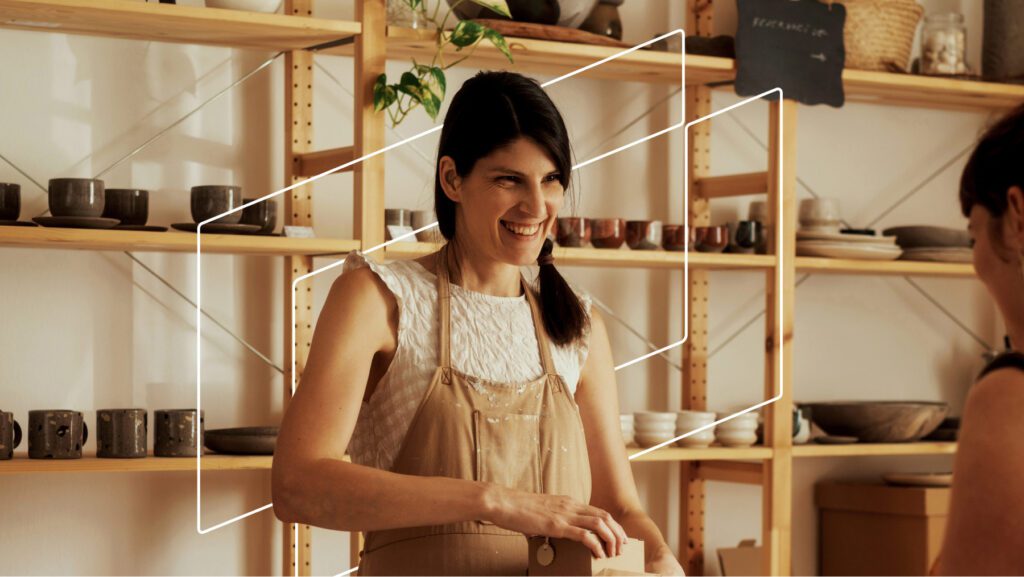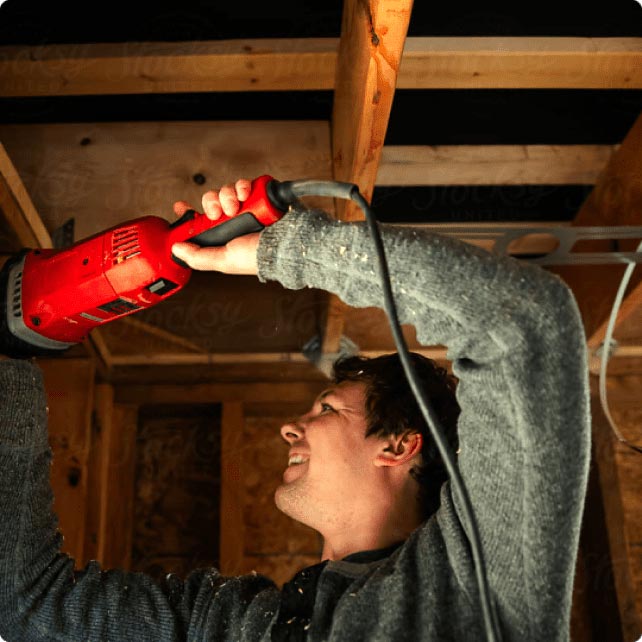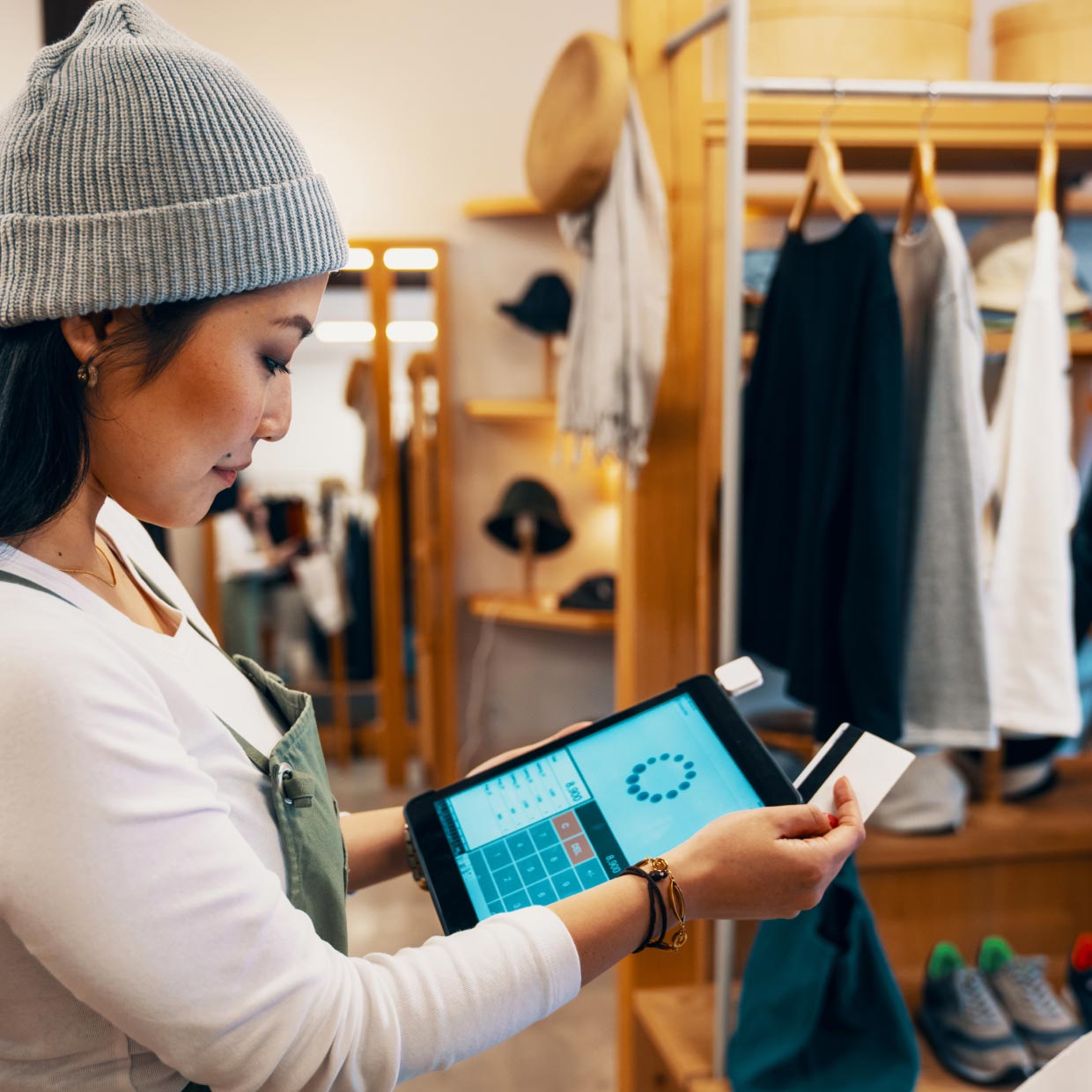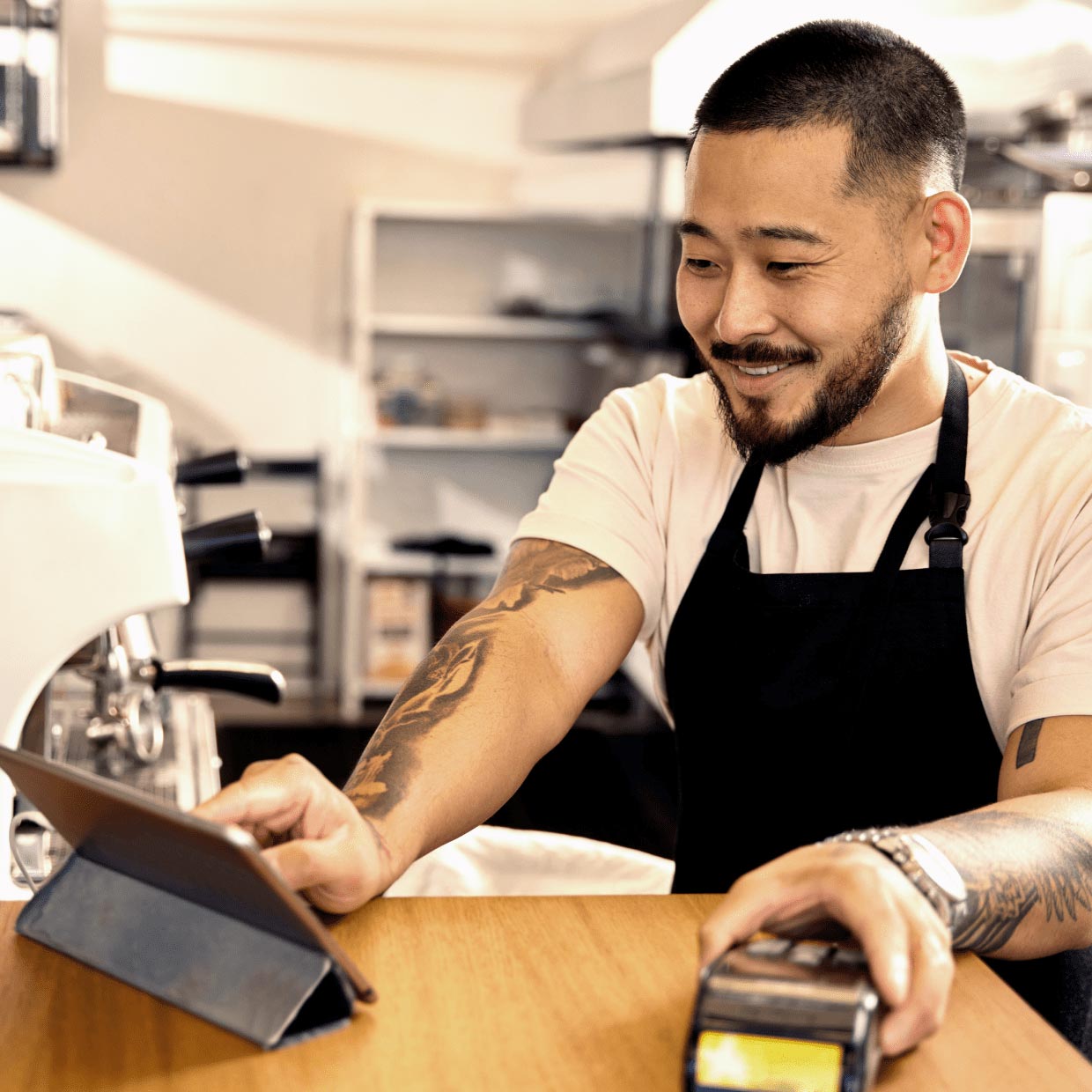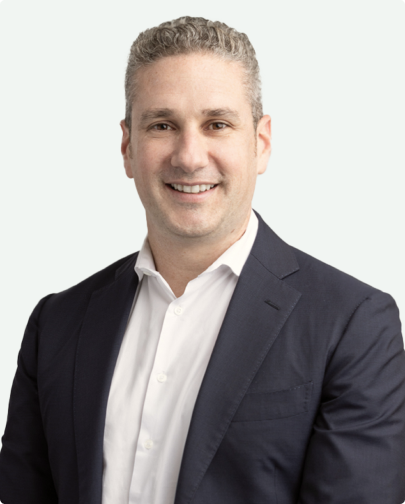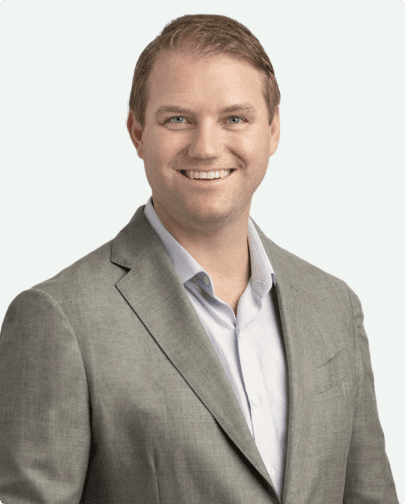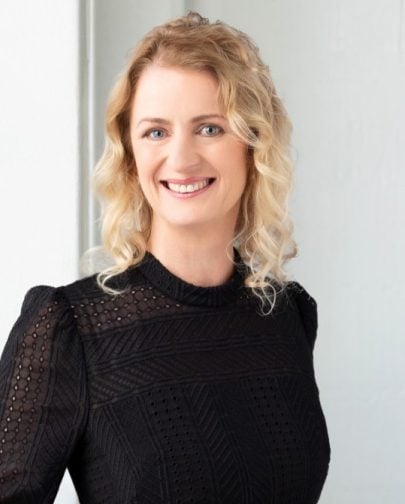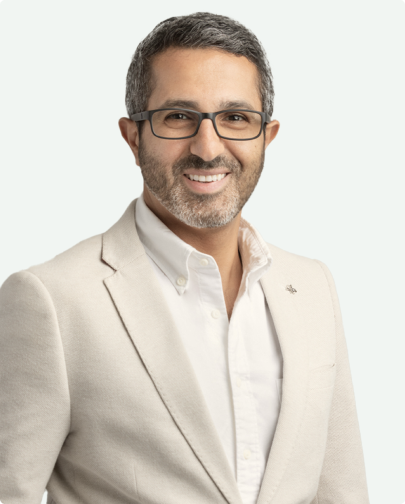Unleashing the potential of Kiwi small businesses
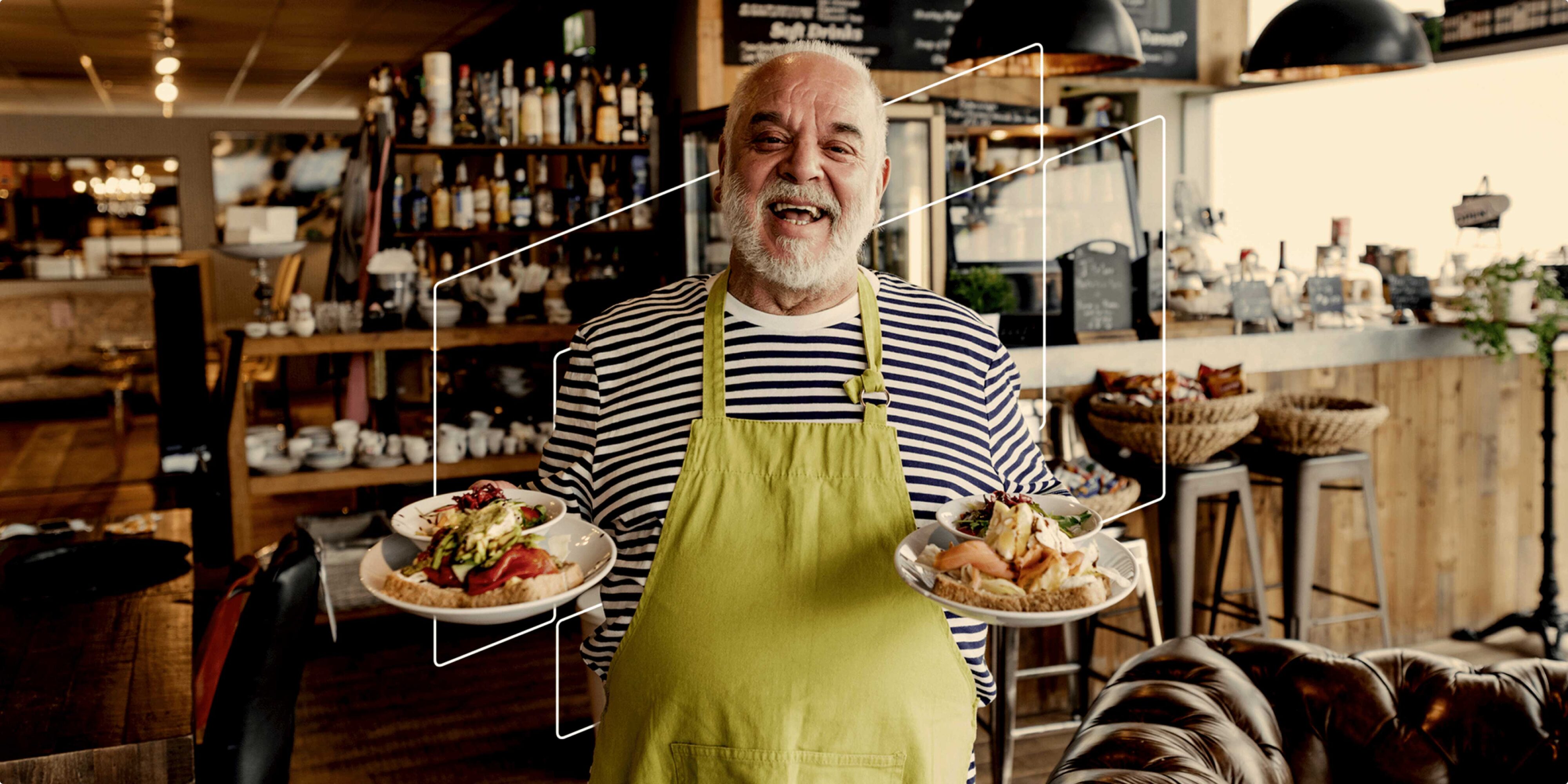
Welcome to Prospa
At Prospa, we’re pioneers of simple, stress free and seamless financial management.
Original. One of a kind. In a class of our own. With an unwavering commitment to unleash the potential of every small business.
And since day one, we’ve done just that. Putting our knowledge and understanding of small business to work. Listening, learning, and evolving alongside our customers.
It’s why we disrupted the market so applications can be done in under 10 minutes. Why we strive to give customers a decision within a day, not weeks. And why we do everything we can to make funding available in as little as 24 hours.
Now, we’re looking forward to the next evolution of Prospa in Aotearoa, New Zealand. Planning smarter, simpler ways to help small Kiwi businesses get ahead.
With a modern, streamlined brand that fits our new game-changing products (just wait till you see what we’ve got in store). World class tech. Unmatched expertise. And progressive partners who share our same focus on our customers.
Together, we’re doing more than ever to champion progress, anticipate what’s next, empower our customers, and give them what they need, when they need it.
So they can make business happen.
Making smaller stronger
Speed
Applications in under 10 minutes, quick decisions and funding possible in hours.
Flexibility
Make business happen with our range of lending products designed for what your business needs.
Support
Our dedicated Business Lending Specialists get to know you, and your business.
Confidence
Join thousands of small businesses who thrive with the support of Prospa.
Meet our Leadership Team
Under the guidance of our Co-Founders and Executive Leadership Team, our Prosparians live true to our values and our mission to unleash the potential of every small business.
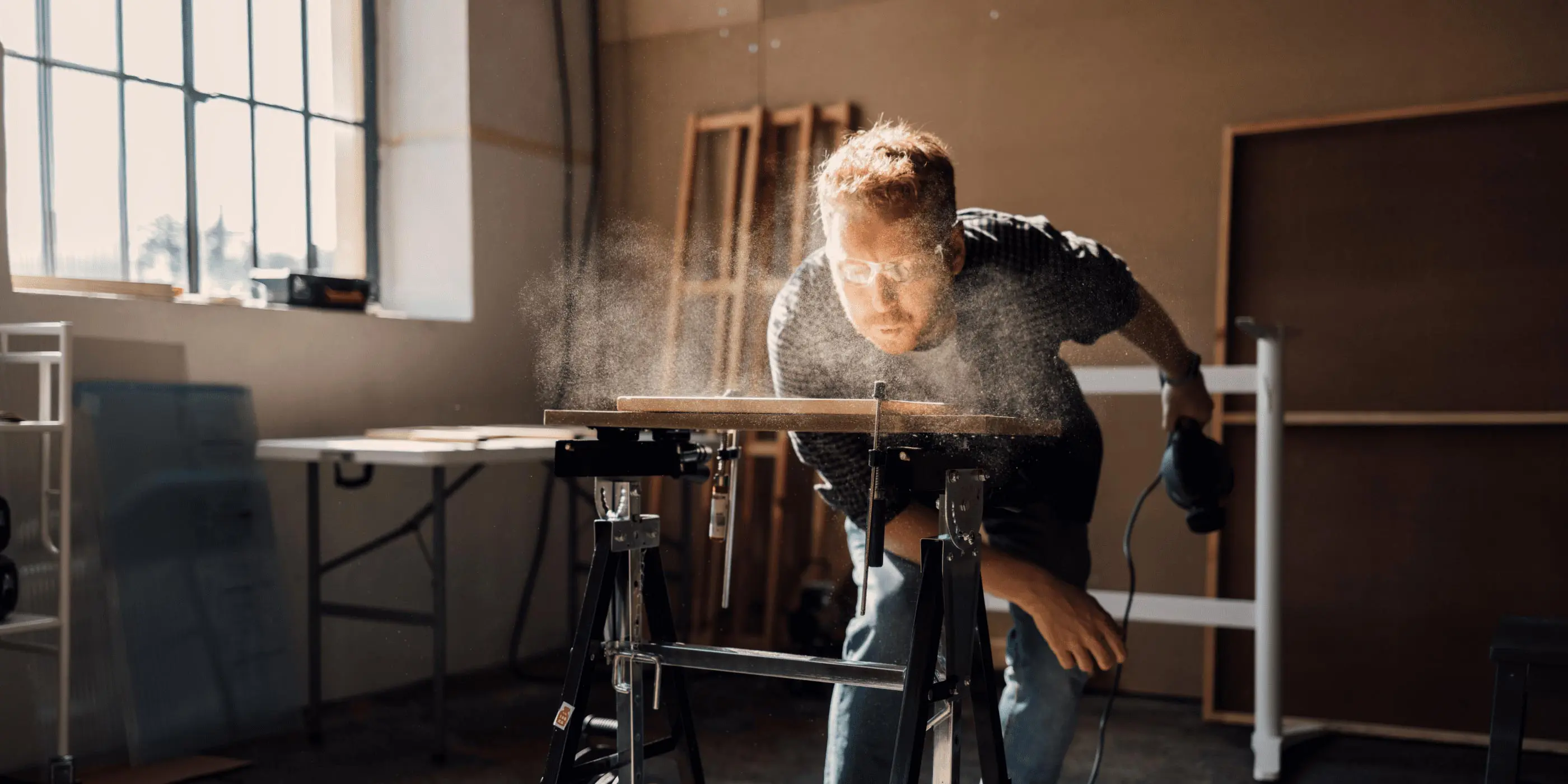
Hear from our team
"A customer said she was still waiting for a response from a major bank four weeks after she applied. We’d already approved her loan."

Meg Clarence
Customer Success Account Manager
Let's work together
What we value
Our values give us common purpose, influencing how we work with each other, our partners and our customers.
Customer obsessed
We don’t just listen, we anticipate and discover what’s important.
One team
We have a high care factor for each other and value diversity for the strength and unique experiences it brings.
Simplify
We challenge ourselves to make complex things simple.
Simple scales.
Deliver value fast
We are biased towards action, learning fast and making high-quality decisions that realise value early and help us achieve our vision.
Be bold, open and real
We have the courage to take smart risks.
Think like an owner
We want you to move forward, take ownership of your role, your opportunities and your mistakes – just as a business owner would.
Impact
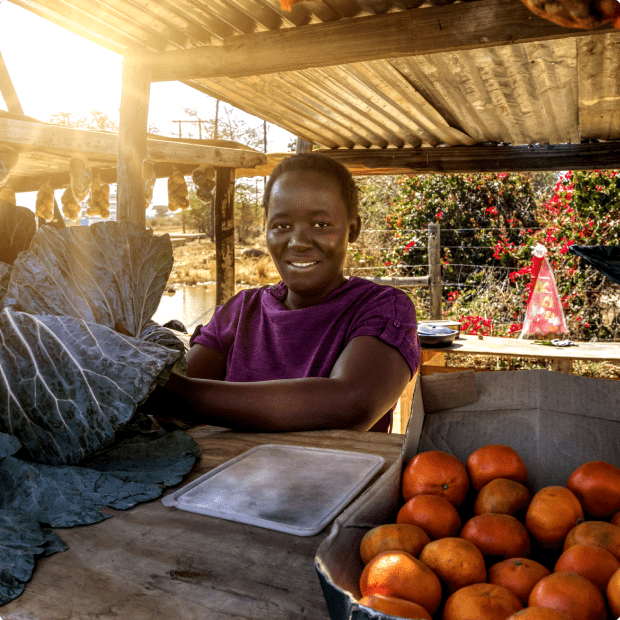

01
Kiva micro loans
Kiva micro loans
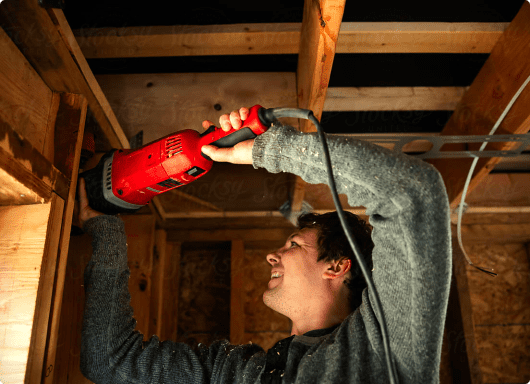
02
Disaster relief
Disaster relief
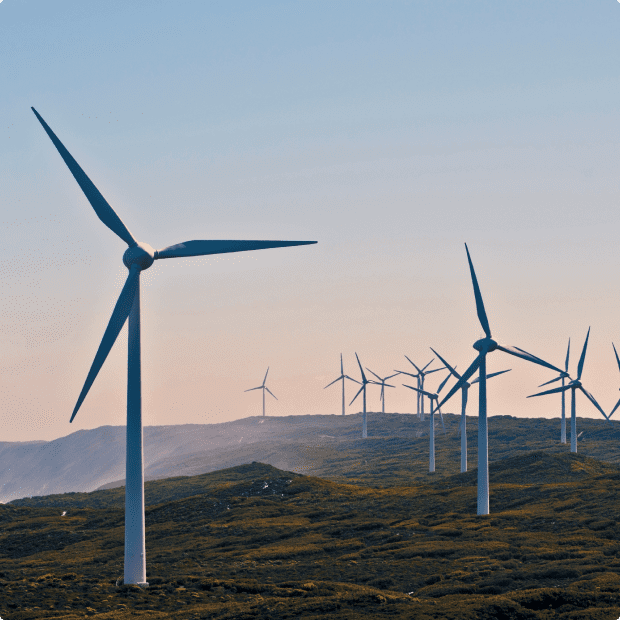
03
Sustainability
Sustainability
Hey there, partner

Awards, thanks to you
It’s nice to know we’re doing something right
| Year | Award | Category |
|---|---|---|
| 2023 | LinkedIn Talent Awards | Winner, Best Employer Brand |
| 2022 | New Zealand Mortgage Awards | Excellence Awardee, Best Non-Bank BDM |
| 2022 | New Zealand Mortgage Awards | Excellence Awardee, NZ Non-Bank of the Year |
| 2021 | FinanceAsia Achievement Awards | Winner, Most Innovative Deal |
| 2020 | New Zealand Banking Innovation Awards | Finalist, Best Fintech Innovator |
